Sensoji Temple: Unveiling Tokyo’s Ancient Gem
Japan is home to a myriad of breathtaking temples and shrines, each with its own unique history and charm. Among these is the exquisite Sensō-ji temple, an ancient Buddhist temple located in the heart of Tokyo. With its rich history, awe-inspiring architecture, and cultural significance, Sensō-ji beckons locals and tourists alike to explore its sacred precincts.
History of Sensoji Temple
Sensoji temple traces its roots back to the 7th century, making it Tokyo’s oldest and most revered place of worship. According to legend, in the year 628, two fishermen discovered a golden statue of the Buddhist goddess of mercy, Kannon, while casting their nets in the Sumida River. Sensing the divine nature of their discovery, they entrusted the statue to the local villagers who built a small temple in its honor.
Over the centuries, Sensoji temple faced destruction due to fires and bombings during World War II. However, each time it was reduced to ashes, it rose from its ruins, rebuilt and restored to its former glory.
Architecture and design of Sensoji temple
The grandeur of Sensoji temple lies not only in its spiritual significance but also in its remarkable architecture. The main hall, known as the Hondo, stands majestically, offering a glimpse into the rich cultural heritage of Japan. With its vibrant red façade and intricate artwork, it exudes an air of tranquility that captivates visitors.
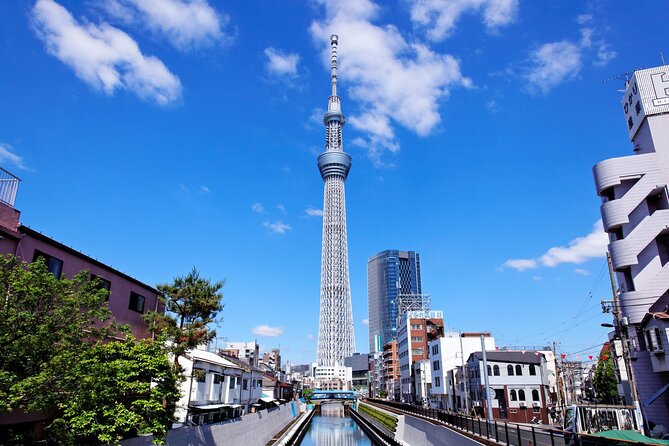
Tokyo Skytree
Another architectural marvel within the temple complex is the five-story pagoda, also known as Gojū-no-tō. Standing at a height of 53 meters, it offers a panoramic view of the surrounding area and serves as a symbol of Japan’s cultural heritage.
Significance of Sensoji Temple for Buddhists
For Buddhist practitioners, Sensoji Temple holds immense importance as a center for religious rituals and practices. Devotees come from far and wide to offer prayers, seek blessings, and participate in meditation sessions. The serene atmosphere, coupled with the enchanting chants of Buddhist monks, creates a serene sanctuary for spiritual rejuvenation.
Beyond the rituals, Sensō-ji temple embodies the core principles of Buddhism, promoting compassion, mindfulness, and inner peace. It serves as a reminder to lead a virtuous life and find solace amidst life’s chaos.
Cultural significance of Sensoji Temple for locals and tourists
Apart from its religious significance, Sensō-ji temple plays a pivotal role in Japan’s cultural landscape. The temple is a hub of festivities and events, drawing crowds to celebrate various traditional and religious ceremonies throughout the year. The annual Sanja Matsuri festival, one of Tokyo’s most famous festivals, brings the temple alive with exuberant processions and vibrant performances.
The streets leading up to Sensō-ji temple are lined with quaint souvenir shops and food stalls, offering a delightful blend of traditional crafts, local delicacies, and mouth-watering street food. Visitors can immerse themselves in the rich tapestry of Japanese culture, savoring flavorsome treats while perusing unique souvenirs.
How to visit Sensoji Temple
Sensoji Temple is conveniently located in Asakusa, one of Tokyo’s traditional districts. It is easily accessible by public transportation, with Asakusa Station as the nearest Station . After you enjoy the Sensoji you can go to nearest tourist spot Tokyo Skytree to make the most of your visit, it is advisable to allocate at least half a day to explore the temple and its tourist spots that surrounds the Temple.
While visiting Sensoji, it is essential to adhere to temple etiquette and customs. Removing one’s shoes before entering the temple premises, maintaining a respectful demeanor, and refraining from taking photographs in sensitive areas are crucial aspects of etiquette.
Interesting facts about Sensō-ji temple
Sensoji Temple holds a few intriguing secrets that add to its allure. One such fact is the presence of a colossal lantern, considered the largest in Tokyo, measuring approximately 3.15 meters in height. This magnificent lantern, named “chochin,” illuminates the temple grounds during festive occasions, casting a warm glow upon its surroundings.
Furthermore, Sensoji Temple is intricately linked to the iconic Kaminarimon Gate, adorned with a massive red lantern emblazoned with the god of thunder, Raijin. This gate serves as the entrance to the temple and stands as a symbol of good fortune and protection.
Links and Resources
MAPS
Sensoji Website
Sensoji Website
FAQs
How long does it take to visit Sensoji temple?
It is recommended to allocate at least half a day to explore the temple and its surroundings fully.
Are there any traditional events held at Sensoji temple?
Yes, Sensoji temple hosts various traditional events and festivals throughout the year, including the renowned Sanja Matsuri festival.
Can I take photographs inside the temple?
While photography is allowed in most areas, there are sensitive areas where photography is prohibited. It is important to respect these rules.
Is there an admission fee to enter Sensoji temple?
No, there is no admission fee to enter the temple. However, donations are appreciated to support its maintenance and upkeep.
What are the opening hours of Sensoji temple?
The temple is open daily from dawn to dusk. It is advisable to check the specific timings before planning your visit to ensure you can fully experience the temple’s tranquility.



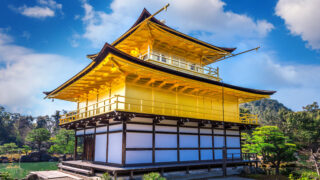

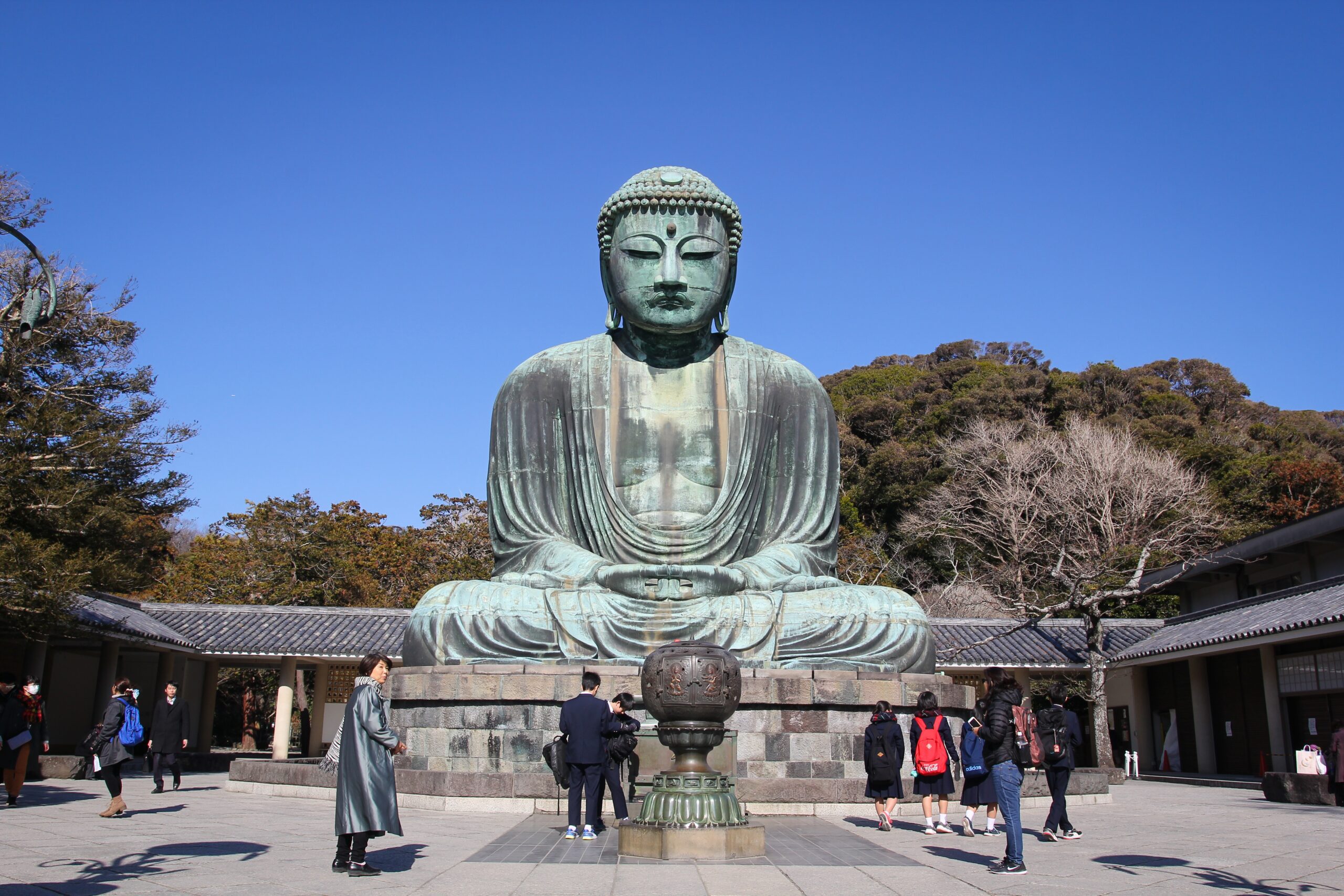

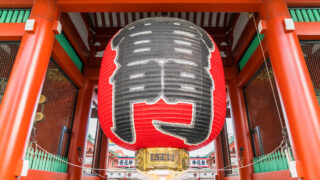
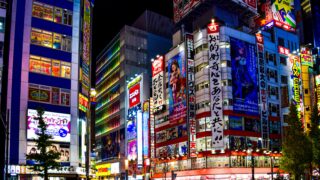
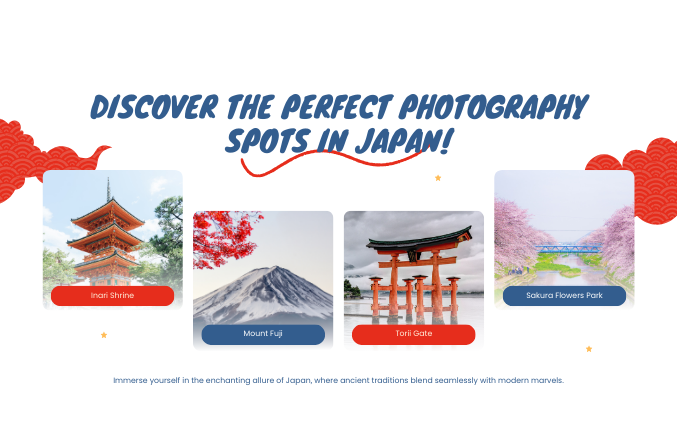

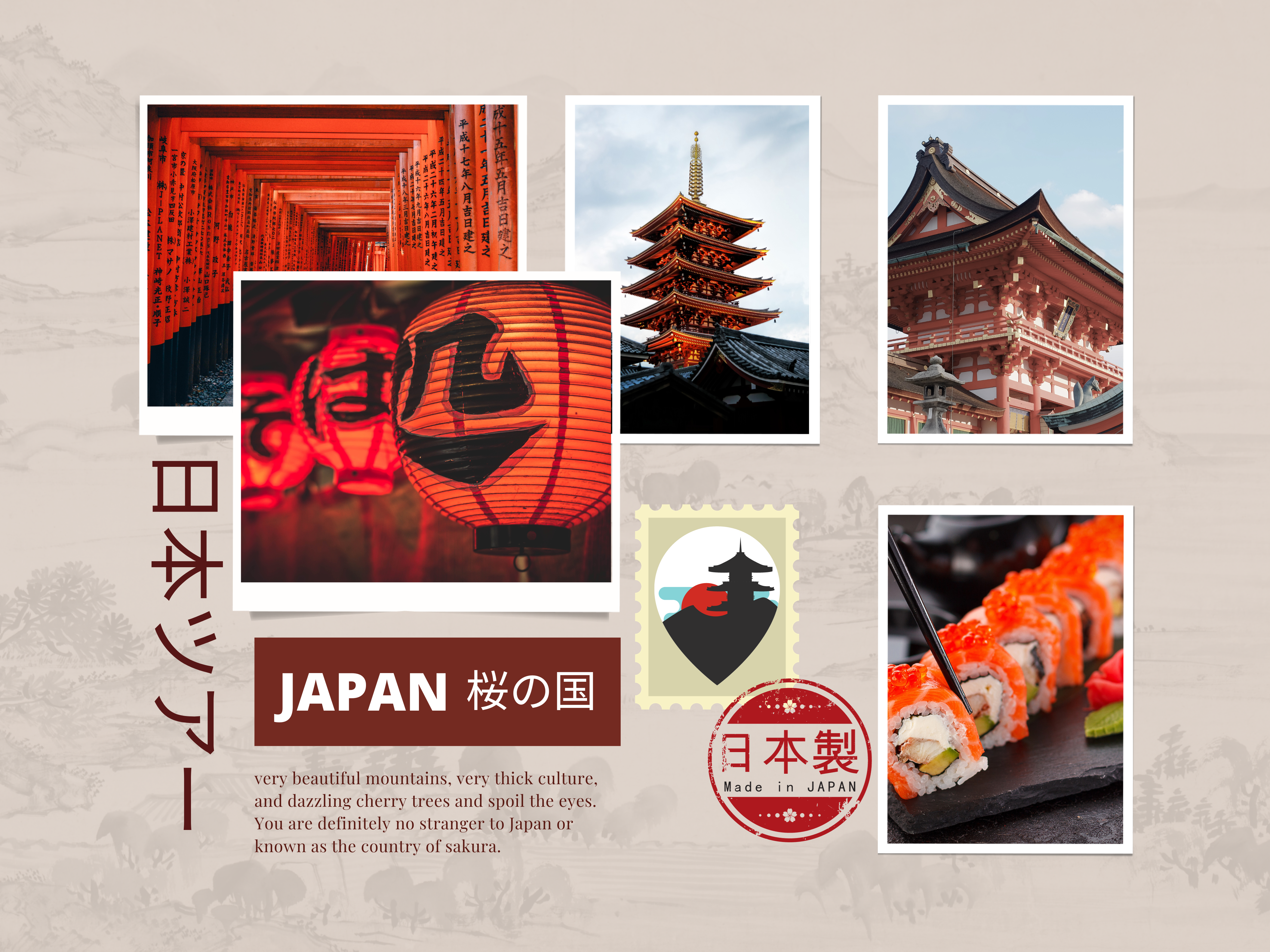



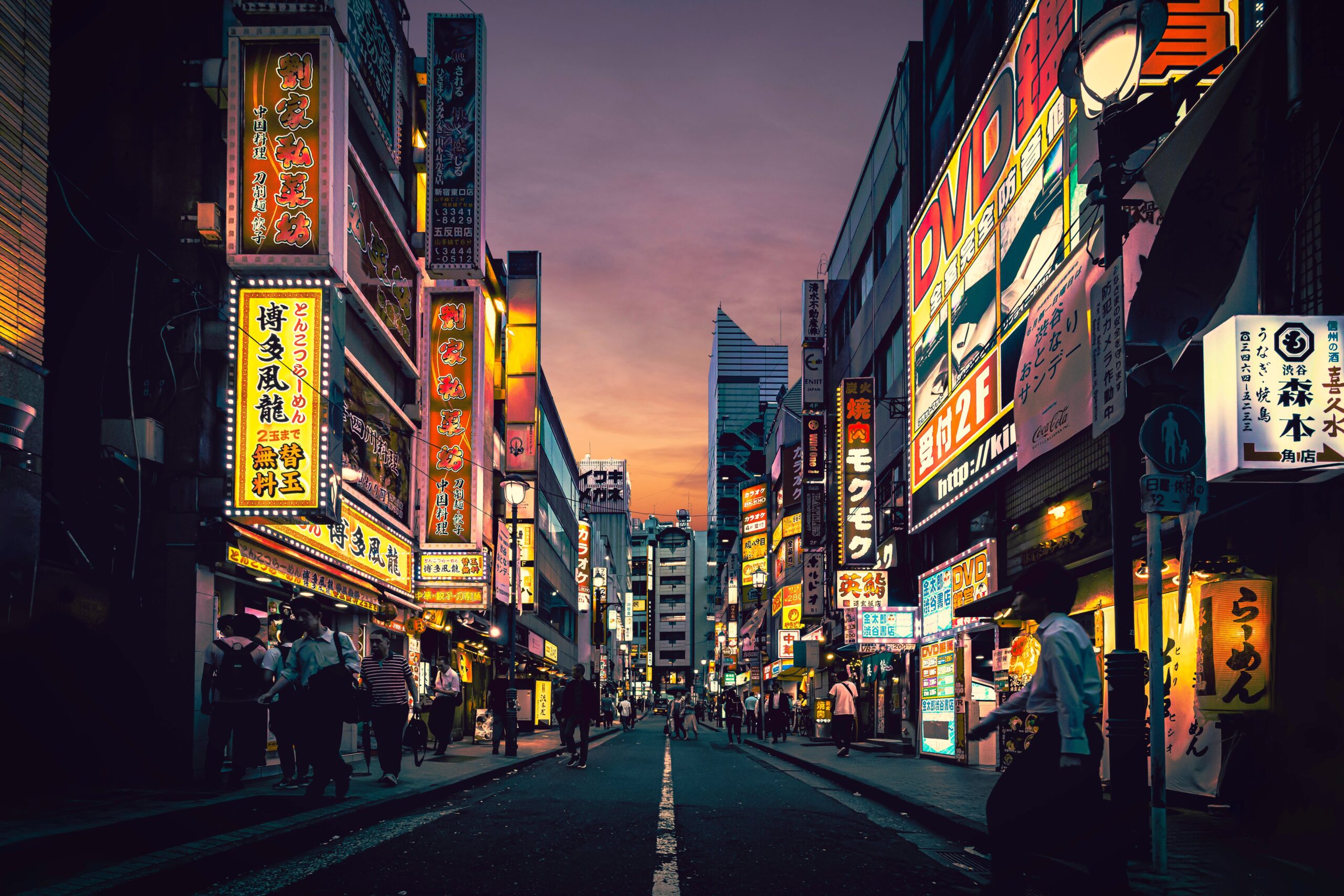


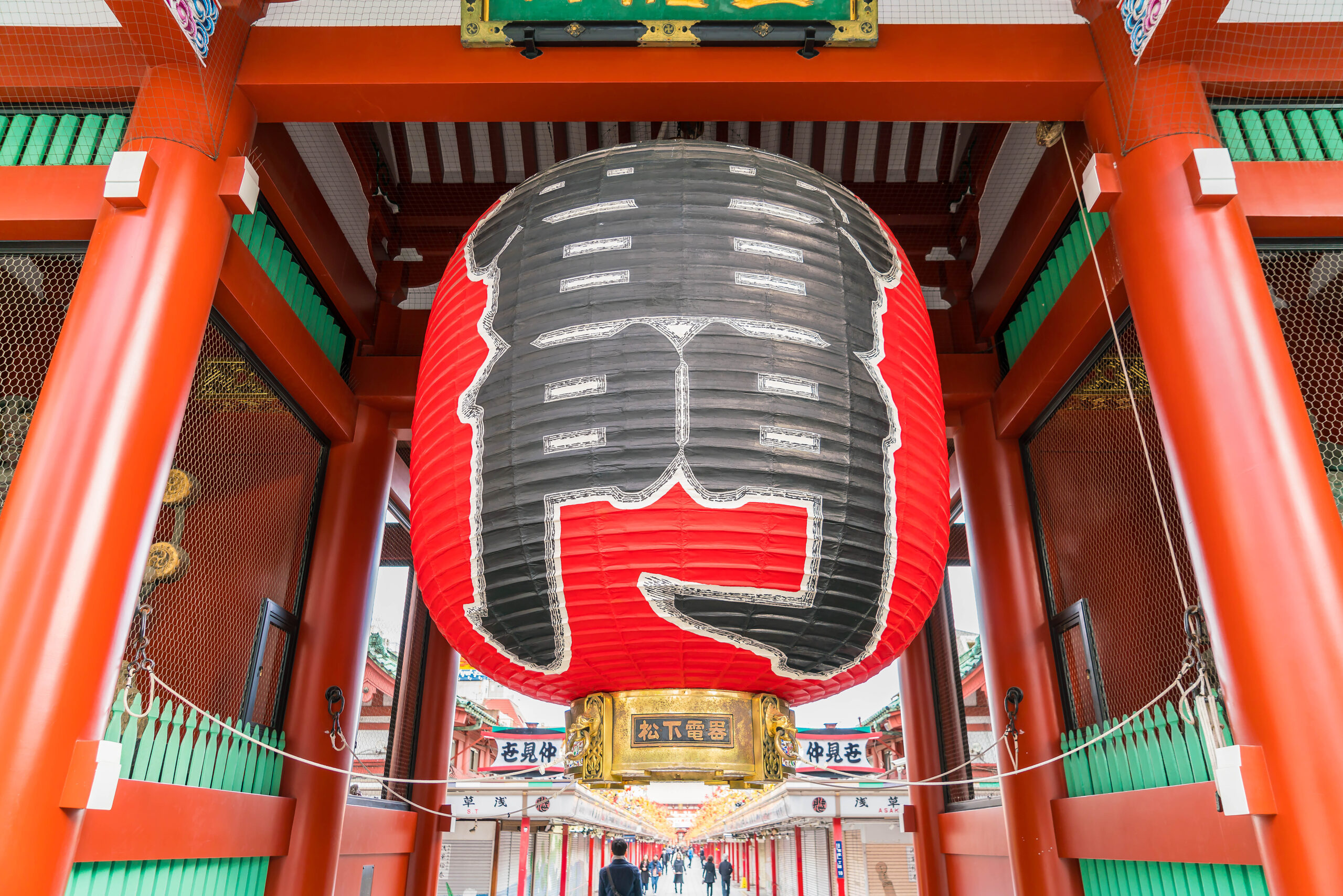
コメント